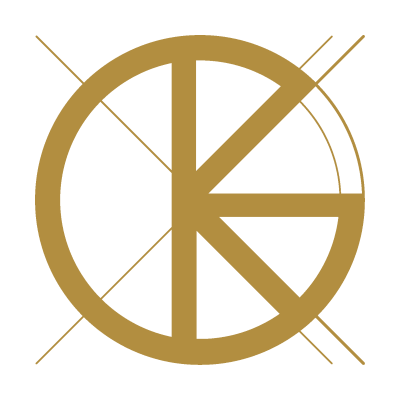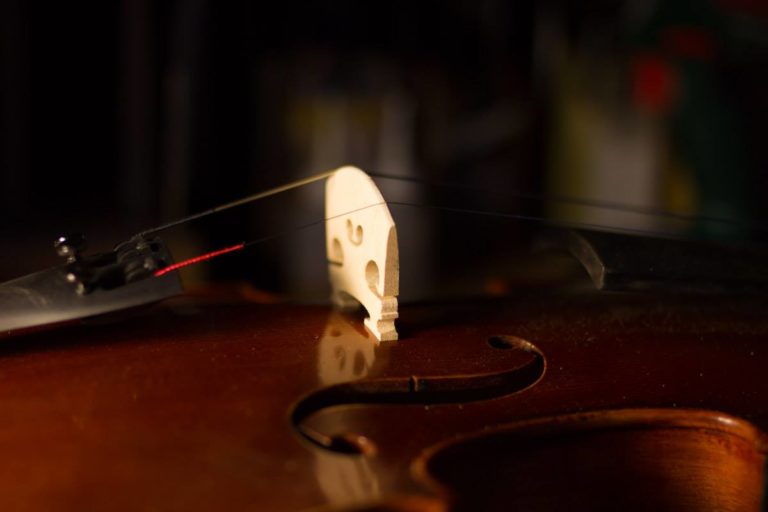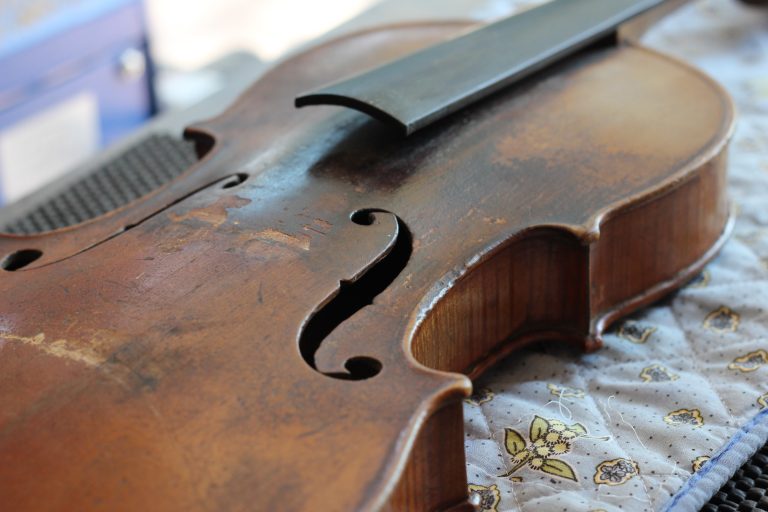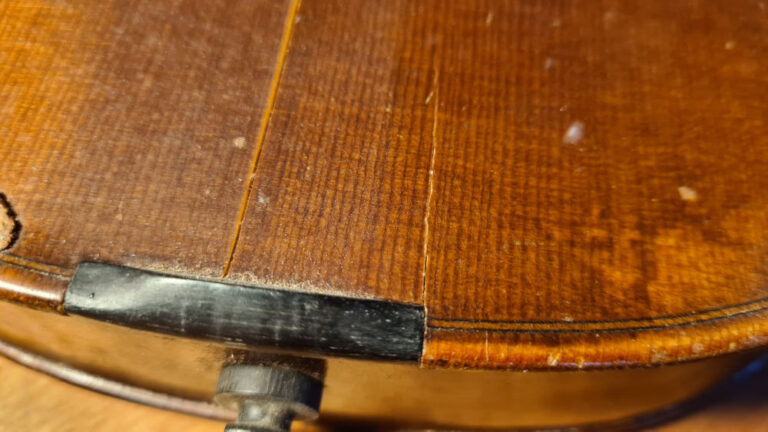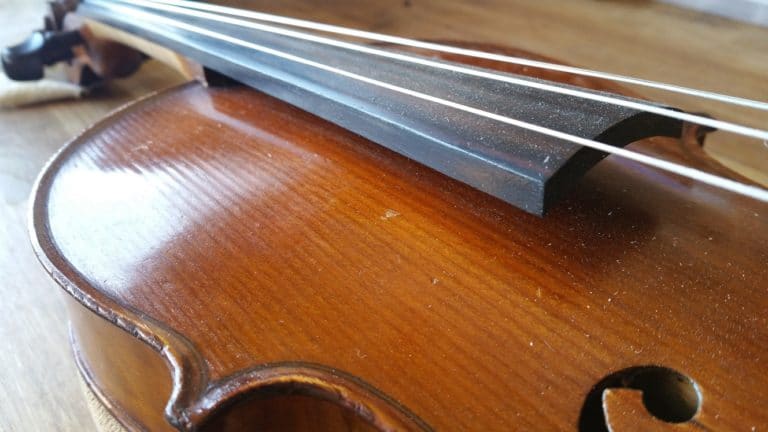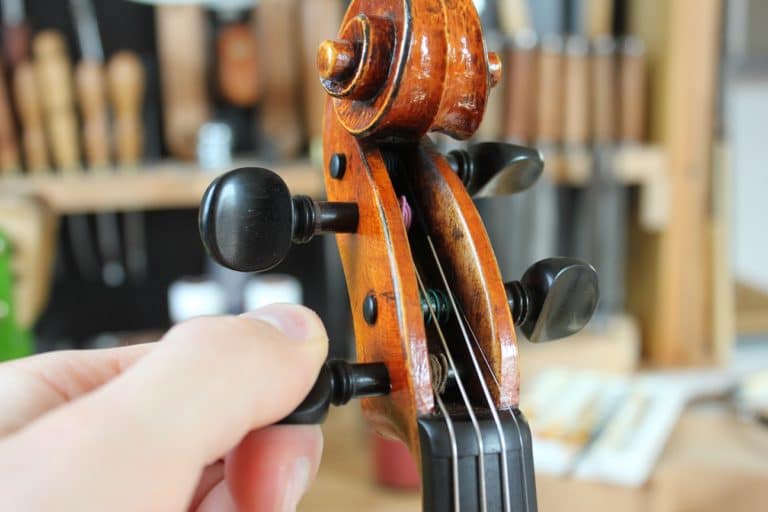Are you planning to take the plunge and start learning to play the violin? I can understand why you might be at a loss, because even as a professional violinist, I find it hard to keep track of the hundreds (if not thousands) of references out there. That's why I'd like to offer you a few tips on how to choose your first violin. I hope this will help you get started in the best possible conditions.
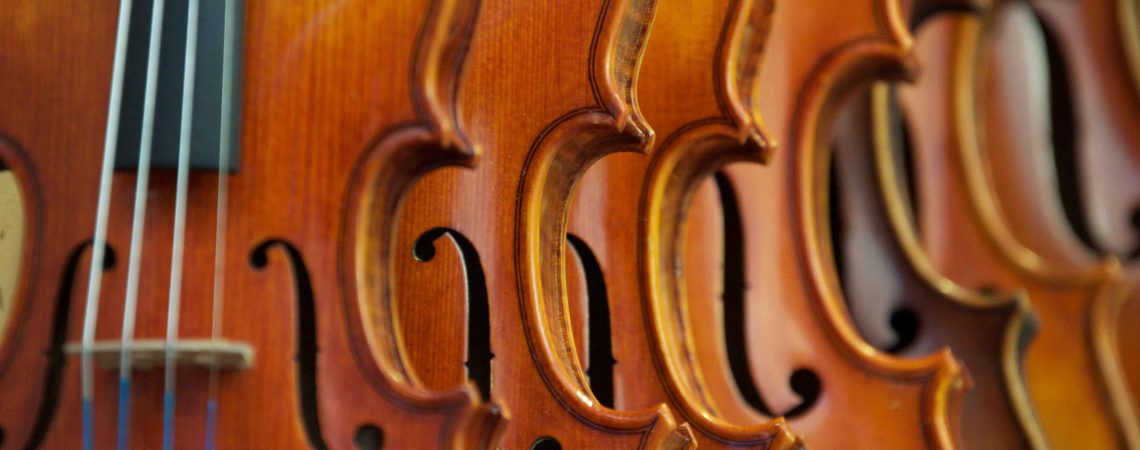
Finding and choosing your first violin
How much does a beginner's violin cost?
First of all, budget is a determining factor in choosing your first violin. But first of all, it's possible to buy a violin at any price these days. If you do a little research on the Internet, you'll be able to find ready-to-play sets for less than 100 euros, as well as single violins costing several thousand euros. There's really no rule about how much you should spend when you're starting out, so you can do as much or as little as you can afford. On the other hand, you should bear in mind that cheaper instruments are not very elaborate, sometimes to the point of being totally unusable:
- Unpleasant sounds
- Tuning almost impossible
- Frequent assembly problems
You can buy your first violin anywhere on the internet for the lowest prices(budget under 150€). Generally, there's no real work done on it, and if you're lucky you'll get a working instrument. Otherwise, send it back and have it replaced. This way you'll have enough to start learning the violin on a very limited budget.
Of course, you're more likely to find personalized service in specialized online stores. Costs will be a little higher(budget under 400€), but the violins are of better quality and offer a more pleasant musical experience.
Last but not least, you can always leave yourself excellent quality instruments to start with, so you'll have an incomparable experience in terms of playability and sound. That's why, if you have a slightly larger budget(up to €1000), it's possible to opt for very fine instruments that will be with you for many years to come.
Where to buy your first violin?
You can choose between two options: buying locally or online. Each has its advantages and disadvantages, which I won't go into here. However, these days anything is possible, and there's no reason to limit yourself: many musicians come to me from surprising distances, and my violins also sometimes travel long distances thanks to transporters.
Choosing your first violin when you buy it
Buying a violin is a major investment in the short term, which gradually pays for itself over time. However, there will always be costs to maintain it in the future. What's more, some consumables, such as strings, bow wicks and rosin, may need changing.
I invite you to take a look at the special beginner packs I've put together to bring together everything you need to get started. Later in this article, I'll explain the various details you'll need to take into account to have everything you need to start playing the violin. However, the packs I offer already contain everything you need, so you won't need to do any further research.
Choosing your first violin by renting it
Renting is a relatively flexible and cost-effective way to try out excellent instruments. What's more, it can ease the transition between instrument sizes for growing children. Finally, it's a good way to try out other instruments over longer periods.
In my workshop, rental is without obligation and can be cancelled at any time. What's more, maintenance is included, with an annual overhaul and replacement of ropes and hairs if necessary. Finally, the most attractive option is that each contract includes a hire-purchase opportunity, meaning that at any time you can inject part of the monthly instalments you've accumulated into a voucher for the purchase of an instrument.
[iconbox icon="kt-icon-music" link="https://www.guillaume-kessler.fr/boutique/location/louer-un-violon-reservation-en-ligne" color="#ffffff" background="#b28e40″ hbackground="#ddbd8b" tcolor="#000000″]
Reserve your violin now!
[/iconbox]
How to choose your first violin
If you really want to know what you need to know to find a good violin, I've summarized a few key points here. That way, you'll be able to conduct your investigation with greater precision and avoid making mistakes(or getting ripped off!).
What to look for in a good beginner's violin
- Above all, look for solid carved spruce and maple. Where the wood comes from won't make much difference.
- These beginners' violins are best assembled with traditional hot-melt glue. This will allow easier maintenance in the future.
- A rather nicely applied varnish(alcohol or oil-based), avoiding thick lacquers. This will not suffocate the instrument and can be easily retouched if damaged. On the other hand, you can choose a nitrocellulose varnish to enjoy an indestructible instrument, provided you don't place too much importance on the sound result.
- Real inlaid purflings, not crudely drawn around the edges. Indeed, this is as important to the sound as it is to the appearance.
- Not too coarse ebony or rosewood accessories: pegs, chinstrap, knob...(avoid plastic or painted wood).
- By the way, speaking of wood... If you see a designation like "hardwood", that means it'll be just about anything, but with a coat of paint on top.
- Correct assembly with good-quality trestles(Despiau, Aubert, Milo Stamm) and an adjusted core. But this will only be available for larger budgets.
- A tailpiece to match the other accessories(ebony or rosewood) or a composite tailpiece with integrated turnbuckles for practical reasons.
- Finally, reliable, good-quality strings like Thomastik, Warchal or Pirastro. But these are very easily replaceable, so don't worry too much. See our article on the best violin strings.
It's not necessary to check all these items, as this will depend very much on the budget you have access to. However, the more of these boxes you tick, the fewer problems you'll have.
Choosing a beginner's bow
You can't really play the violin without a proper bow. And it may not be the first thing you think of when you discover the world of the violin. However, a good stick can easily exceed the cost of the violin itself. But here again, there's no need to panic: good bows can be found at quite reasonable prices. You just have to know where to turn, or trust a dedicated professional.
Many "garnitures"(the name given to the whole of a violin, bow and case) come with a bow that is more than enough to play your first notes. If this isn't the case, you may want to consider a decent beginner's bow costing between 50 and 100 euros, depending on your budget.
If you can, try out different bows, weigh them and get a feel for their balance. Although I know it can be intimidating to start out with no experience. However, I can assure you that you'll immediately feel a difference in your grip.
You can choose between wood and carbon bows. But carbon bows generally offer much better value for money in the 50-200 euro budget range . For higher budgets, pernambuco sticks become more attractive.
Don't forget that bows also have their own maintenance requirements. Find out more in the article :
[blog_posts items="1″ orderby="date" ids="1772″]
The case: an essential accessory
Once you've chosen your first violin, it's important to find a carrying case. This will protect your violin from shocks, bad weather and other accidents. It also provides a place to store the instrument when you're not using it.
- Although much more economical, soft covers are not recommended for instruments of this type. They don't really offer serious protection against shocks that could easily upset a violin's mounting.
- The bulky, heavy wooden cases of yesteryear are veritable fortresses, with very little able to penetrate their thick shells. But the interior is rather austere and shaking an instrument inside is rather risky.
- Modern cases, on the other hand, offer a good ratio between lightness and internal padding, guaranteeing optimum protection for your instrument. They can also be used to store one or more bows, as well as all accessories and sheet music.

Accessories
Here are a few accessories that aren't necessarily mandatory, but are recommended by most teachers. There are many different models, and each of them deserves at least one article. However, we'll only touch on them briefly here.
- Shoulder pads: Shoulder pads ensure that the instrument sits firmly on the shoulder. The Kun and Wolf models are the most popular.
- Chin strap: This is a piece of wood or composite material that conforms to the shape of the chin or jaw. It must be adapted to your morphology.
- Rosin Rosin: Rosin enables the bow's hairs to grip the strings. For beginners, there's no need to dwell on the different qualities. Standard rosin will suffice.
- Tailpiece: A Wittner-type composite tailpiece with fine tuners on each string is standard.
- Tuner This tool makes it easy to tune your violin.
- Metronome: Learning rhythm is mainly done by referring to the pulsation of this device.
- Mute Mutes the volume by adding mass to the bridge, so you can practice without disturbing the neighbors.
